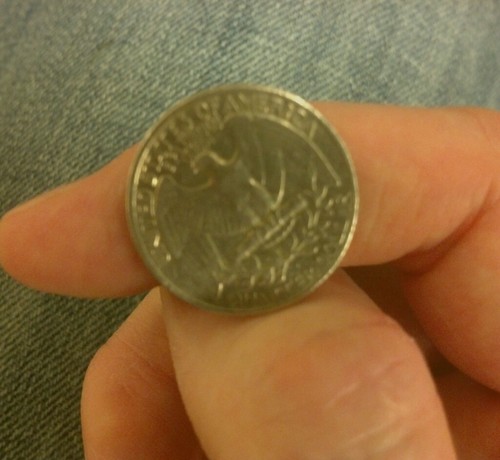Does your school have its own Twitter account? If yes this series of coming blog posts may give you some extra ideas for making use of it. If no we hope these posts will convince you of how you could make use of one.
This is part one and there will be more to come...
Firstly, as you're reading this I guess you have your own personal Twitter account. Have you suggested to your school that you could make use of one? Here are some reasons for getting one:
- Giving your school an official voice on the social network.
- Sending news about the school straight into parents, grandparents, local companies and the local communities Twitter streams. If they're using Twitter they will find it hard to avoid your information!
- Using hashtags (city or town, county etc.) to advertise summer fayers, charity events and other goings on.
- Update families about school trips.
- Receive feedback from followers.
- Sharing children's quotes.
- Asking question that arise during lessons.
- Share children's successes, blog posts, photos etc.
- Create a timeline of the school's ongoing activities.
So, there's part one. More to come shortly on how the above can be achieved easily...
Part 2 now available.























